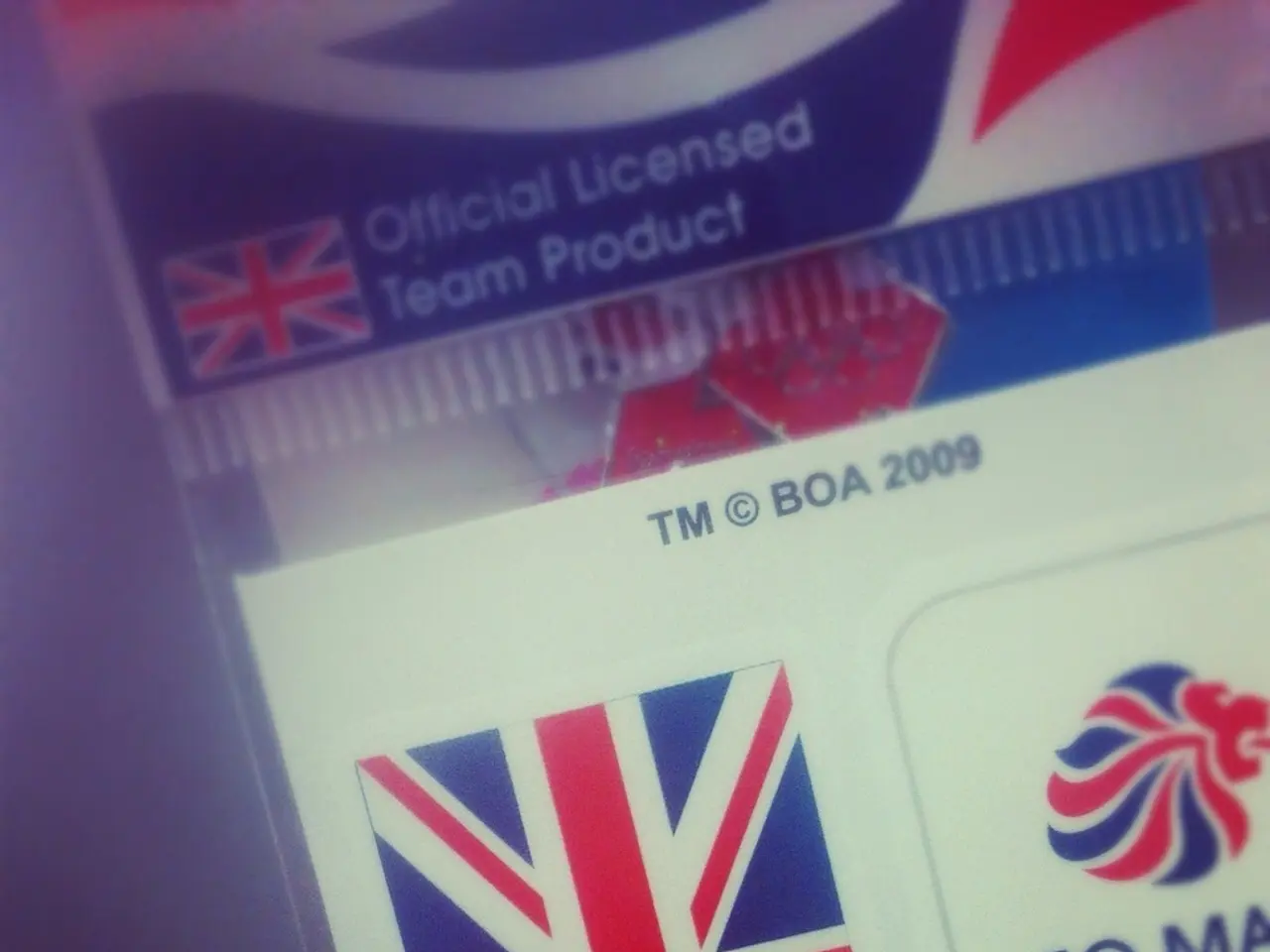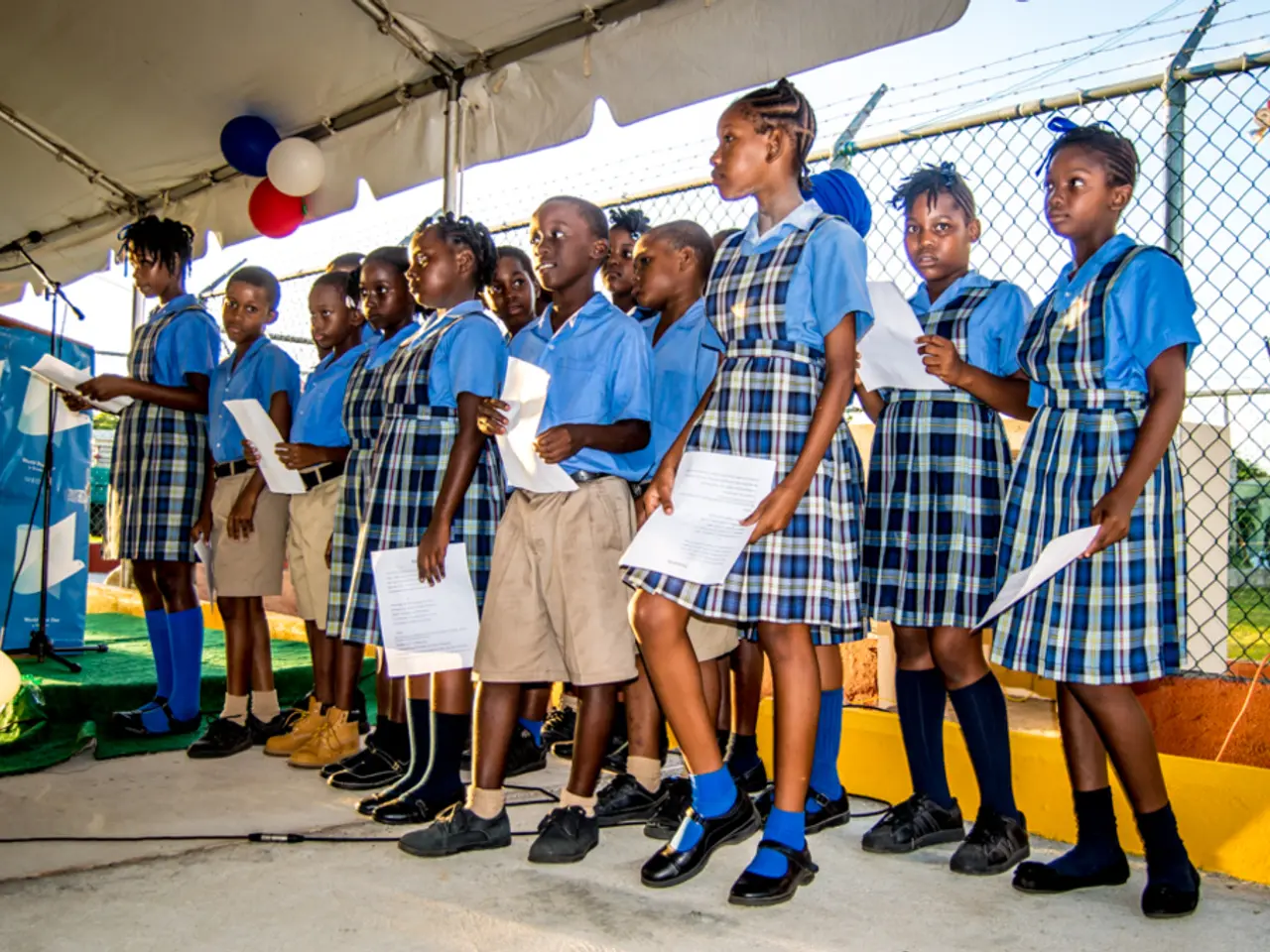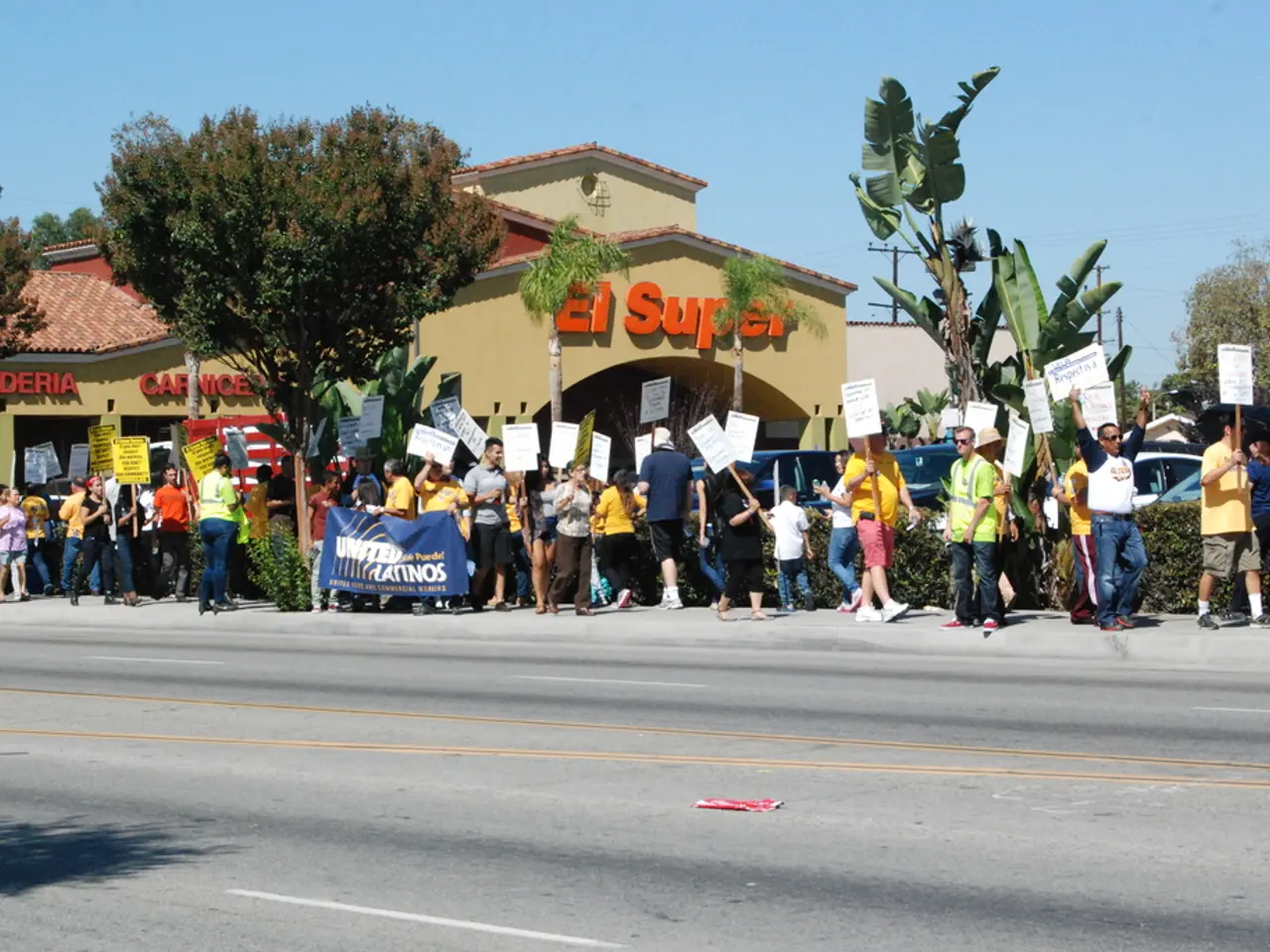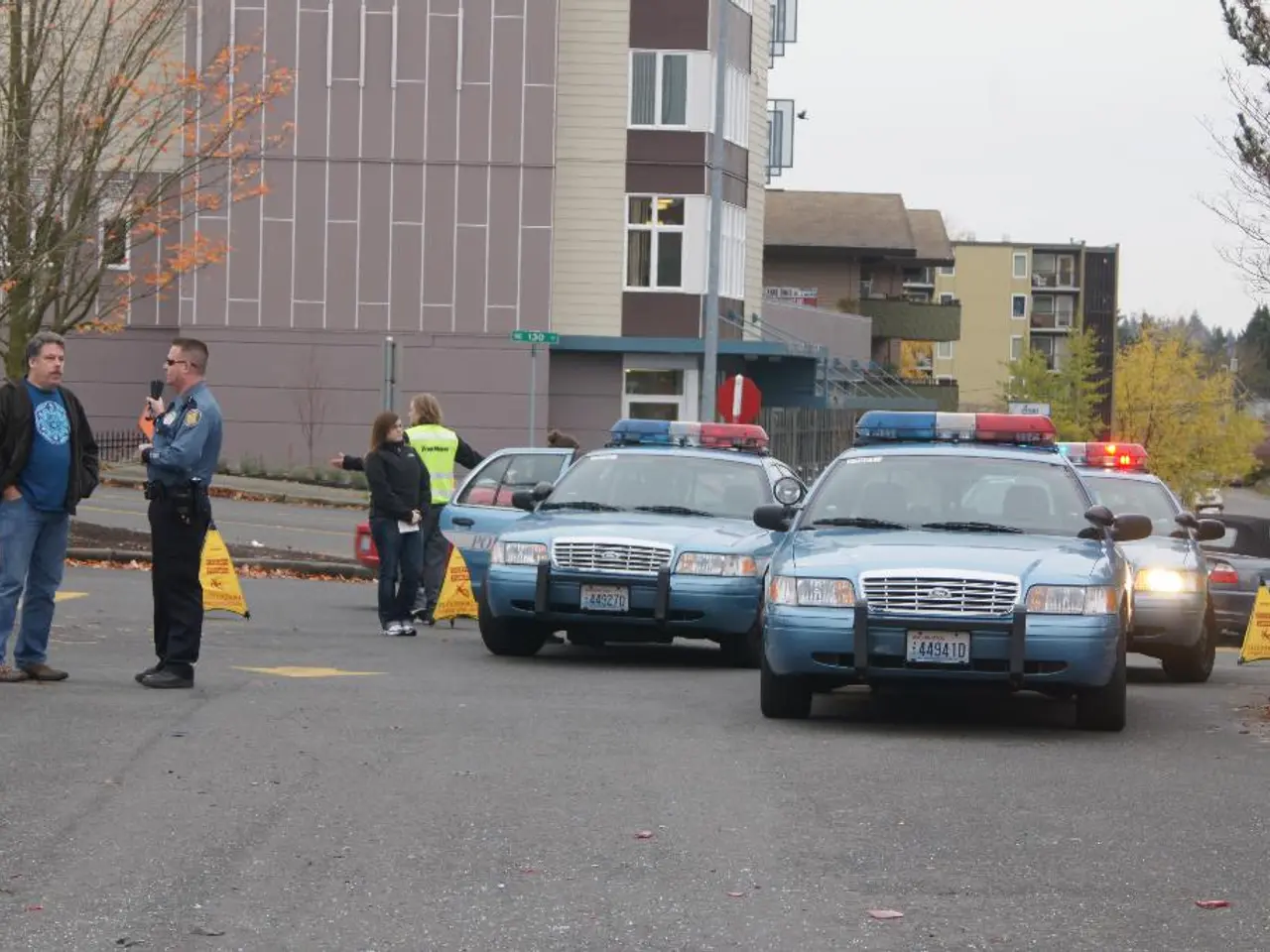Uncovered after a stretch of 24 years: 3 more victims from the 9/11 tragedy in NYC finally identified by authorities
In a significant development, three more victims of the September 11 terror attacks have been identified, bringing the total confirmed identifications from the World Trade Center site to 1,653 out of 2,753 victims. This progress was made possible through advanced DNA testing techniques and the dedication of the Chief Medical Examiner's office and New York City authorities.
The identified victims include Ryan Fitzgerald from New York, Barbara Keating from Palm Springs, California, and another woman whose name has not been disclosed publicly.
Fitzgerald was a trader working for a firm in the World Trade Center, while Keating was returning home to California after visiting family in Massachusetts. The remains of another adult woman were also identified, but her name is being withheld at the request of family members.
Paul Keating, Barbara Keating's son, found some of his mother's possessions, including an ATM card and a hairbrush, in the rubble and wreckage from the disaster. Officials with the medical examiner's office reached out to the Keating family a few months ago about a DNA match between human remains and Barbara Keating, who died aboard one of the passenger jets that crashed into the World Trade Center on September 11, 2001.
Dr. Jason Graham, NYC's chief medical examiner, emphasized that the identification process continues as a commitment to honoring the victims and providing closure to families, even decades after the attacks. He said, "Nearly 25 years after the disaster at the World Trade Center, our commitment to identify the missing and return them to their loved ones stands as strong as ever."
The pain of losing a loved one in the September 11th terror attacks echoes across the decades. In all, nearly 3,000 people died that day, with 2,753 deaths occurring in New York City, according to the medical examiner's office.
Mayor Eric Adams, a former police officer who was on duty on 9/11, said, "In addition to the three new identifications this year, we take a step forward in comforting the family members still aching from that day." Dr. Graham added, "Each new identification testifies to the promise of science and sustained outreach to families despite the passage of time. We continue this work as our way of honoring the lost."
Despite these advancements, around 1,100 victims remain unidentified. The authorities continue their efforts to identify the missing and return them to their loved ones, as a way of honoring the lost.
[1] https://www.nytimes.com/2022/09/08/nyregion/september-11-victims-identified.html [2] https://www.nbcnewyork.com/news/local/3-more-september-11-victims-identified-after-nearly-24-years/3277529/ [3] https://abc7ny.com/september-11-victims-identified-barbara-keating-ryan-fitzgerald/12407274/ [4] https://www.cbsnews.com/newyork/news/september-11-victims-identified-barbara-keating-ryan-fitzgerald/
- The advances in DNA testing have led to the identification of victims beyond the September 11 terror attacks, such as car-accident victims and crime-and-justice cases, demonstrating the broader applicability of this technology in forensic science.
- Amid the continued war-and-conflicts and general-news headlines, the periodical identifications of September 11 victims serve as a stark reminder of the long-lasting impact of that day, influencing politics and sparking discussions on providing justice for the victims.
- In contrast to the lack of progress in identifying around 1,100 September 11 victims, significant strides have been made in other fields such as accident investigations and criminal cases, highlighting the potential for advancements in victim identification processes.








